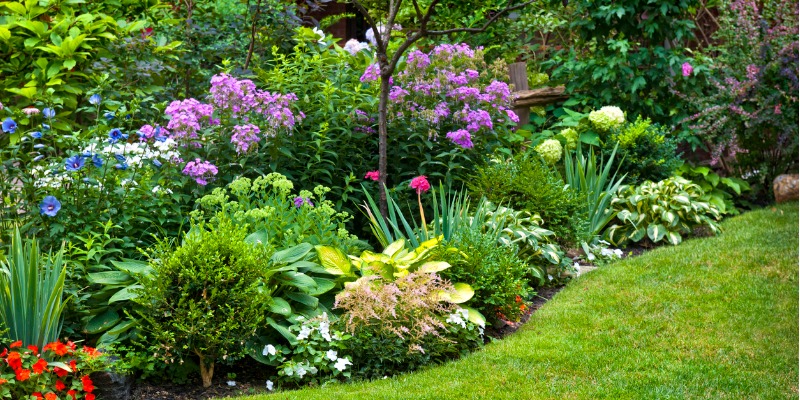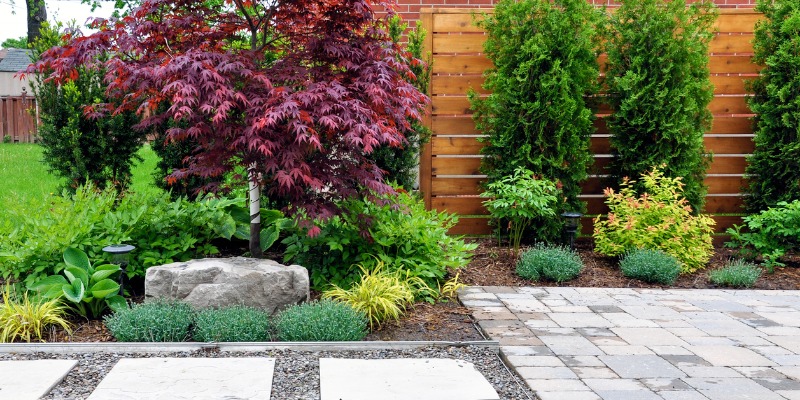LEED (Leadership in Energy and Environmental Design) is an internationally recognized green building certification system. It provides third-party verification that best practices were used during the building process designed to improve performance. It can be applied to all building types, whether they are commercial or residential.
LEED Certification affects all stages of the building process, from design and construction, through to the operation and maintenance of the building once it is occupied. While LEED certification is a status placed on buildings, there is also LEED accreditation. Individuals can obtain LEED accreditation by taking the LEED Association exam.
What Does LEED Certification Affect?
LEED certification applies to the most important aspects of green construction, including:
- Energy savings
- Water efficiency
- Co2 emissions reduction
- Improved indoor environmental quality
- Stewardship of resources and sensitivity to their impacts
There is also LEED for Neighborhood Development, which extends the benefits of LEED to cover an entire neighbourhood.
Scoring Green Building Design
There is a point system for LEED used to score green building design and construction based on five categories:
- Sustainable Sites
- Water Efficiency
- Energy and Atmosphere
- Materials and Resources
- Indoor Environmental Quality
Based on these categories, a building or landscape is awarded points that reflect the extent various sustainable strategies were met. Certification is then awarded on the number of points ranging from LEED Certified to LEED Platinum.
The LEED rating system is based on the number of points accumulated and is rated as follows:
- Certified—45 points
- Silver—60 points
- Gold—75 points
- Platinum—90 points
There are 18 mandatory measures in eight credit categories applied to green buildings in Canada.
Eight Credit Categories
The eight categories used for LEED certification builders and landscapers should address are:
- ID – Innovation and Design (11 points): Innovations in design methods, regional credits, and exemplary performance.
- LL – Location and Linkages (10 points): Considering how the building works socially and environmentally in relation to the community.
- SS – Sustainable Sites (22 points): Minimizing impact on the site.
- WE – Water Efficiency (15 points): Water conservation practices.
- EA – Energy and Atmosphere (38 points): Energy efficiency.
- MR – Materials and Resources (16 points): Reduced material waste and use of green products.
- IEQ – Indoor Air Quality (21 points): Improvement of indoor air quality.
- AE – Awareness and Education (3 points): Providing a homeowner manual explaining the green features and operation of the home.
A perfect score would equal all of the above for a total of 136 points.
Why Obtain LEED Certification?
Obtaining a LEED certification lets everyone know that a builder is committed to environmental sustainability. When a builder can show it is able to use resources properly and maximize energy efficiency, it shows efforts are being made to reduce its carbon footprint. This makes a positive impact on the community and promotes sustainability. Today, LEED certification is a motivator for customers who place growing importance on green builders and buildings.
How LEED Certification Helps
Companies invested in LEED certification processes benefit from the financial savings achieved. They put great thought into the entire construction process, which saves costs on projects which can be passed on to their customers. It also puts the best possible use to all the materials used and reduces water consumption; all positives are passed on to the consumer.
Contact Lawrence Park Complete Garden Care for all of your landscaping needs for Platinum LEED Certified Gardens.

